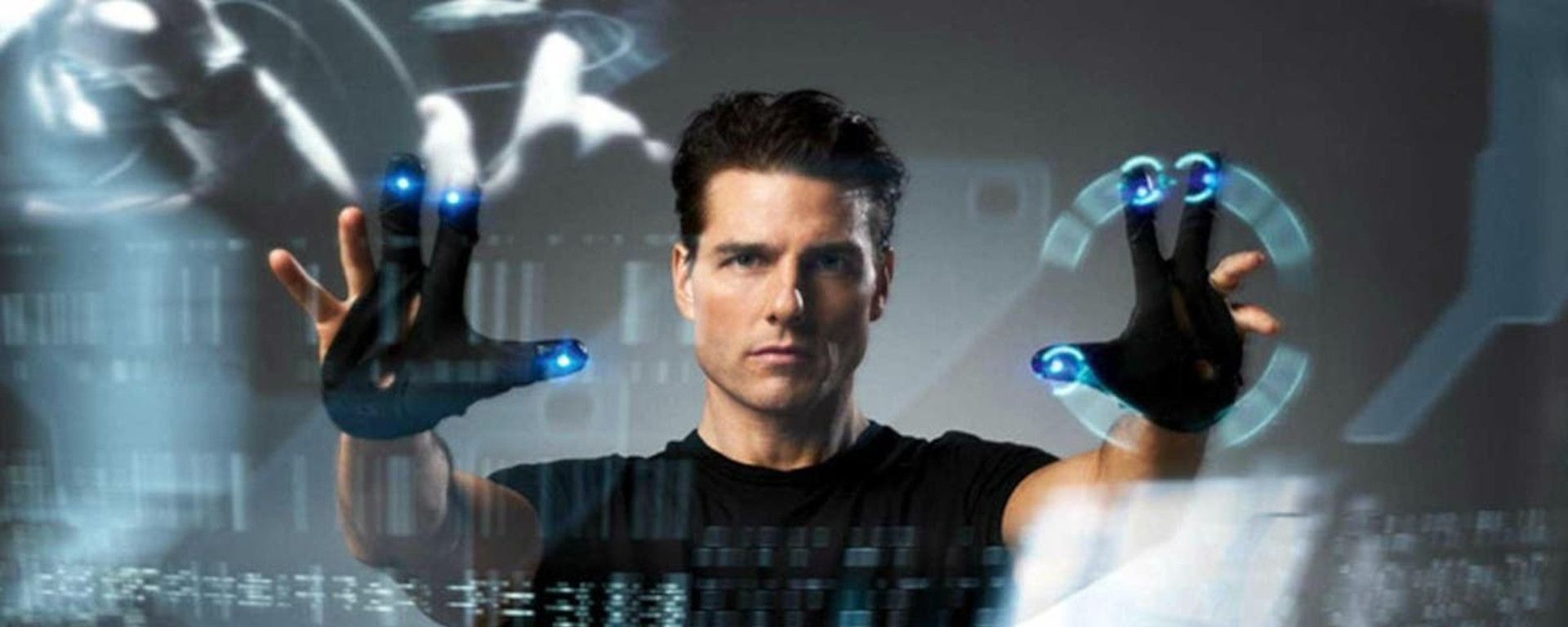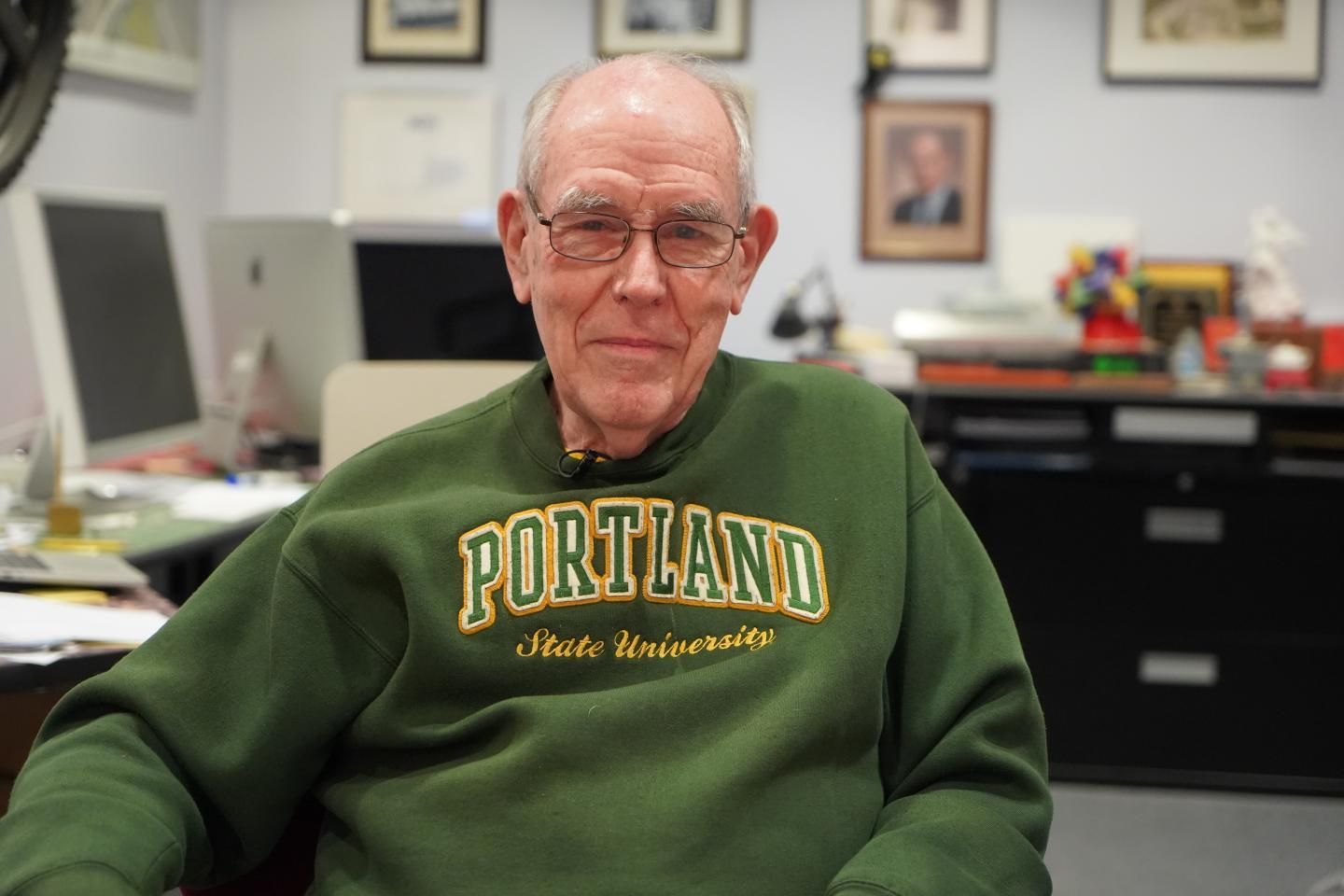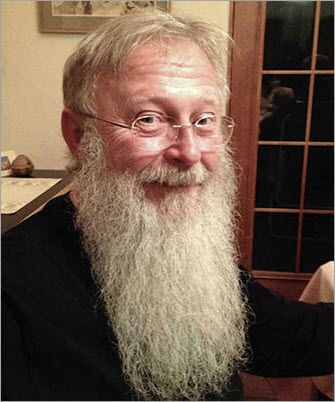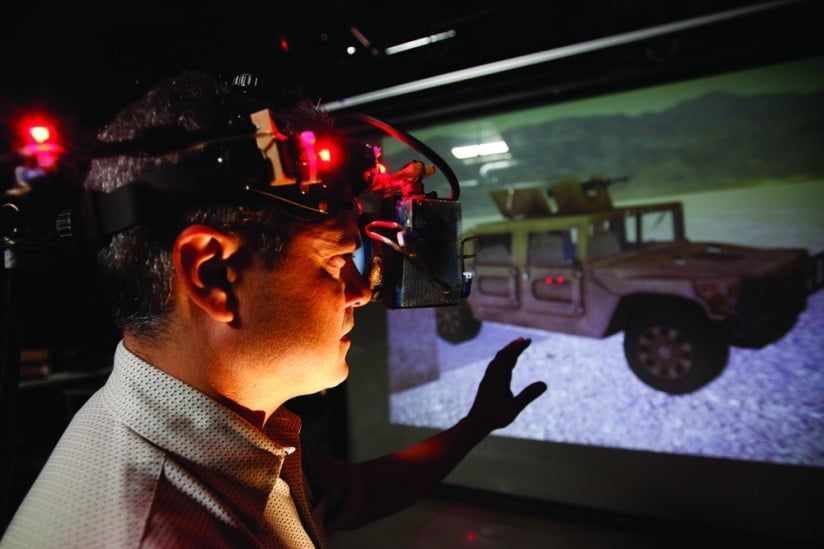
In December, we rolled in and took a look at the history of artificial intelligence through the lens of some of the people who created it.
Today, we're highlighting key figures in augmented reality.
Like artificial intelligence and likely most emerging technologies you can think of, augmented reality's history goes back much further than most casual observers believe.
Augmented reality history is moving into an era during which its growth and popularity accelerate.
Let's introduce you to five significant people in the field and give them their due kudos!

Ivan Sutherland:
Ivan Sutherland is an American computer scientist and computer graphics pioneer. He is known for his work on the Sketchpad, one of the first computer-aided design (CAD) systems that debuted in 1963. However, he also developed the Sword of Damocles, a head-mounted display that was one of the first augmented reality systems. The VR HUD and tracking system was a result of years of experimentation and development from Sutherland and a team of students at MIT.

Tom Caudell and David Mizell: Caudell and Mizell are American computer scientists who are known for their work on augmented reality in the aerospace industry. They developed the concept of "virtual fixture" augmented reality systems, which are used to overlay instructions and guidance onto real-world objects. Caudell and Mizell are said to have coined the term "augmented reality" in 1990 when Caudell was at Boeing. PICTURED: CAUDELL

Louis Rosenburg:
Rosenburg helped bring the military into augmented reality with his AR tool, "Virtual Fixtures," at the U.S. Air Force Research Laboratory. The lab serves as a virtual flying training room for pilots and the system allowed military pilots to virtually control and guide machinery to perform tasks like training the U.S. Air Force pilots on safer flying practices.

Mark Bolas: Mark Bolas is an American computer scientist who is known for his work on augmented reality in the entertainment industry. He developed the MagicBook, an augmented reality system that was used in the film "Minority Report".

Steve Feiner: Steve Feiner is an American computer scientist who is known for his work on augmented reality in the education field. He developed the VisualEyes augmented reality system, which is used to teach students about anatomy and other subjects.
These are just a few of the many key figures in the history of augmented reality. Their work has laid the foundation for the development of augmented reality as we know it today.




